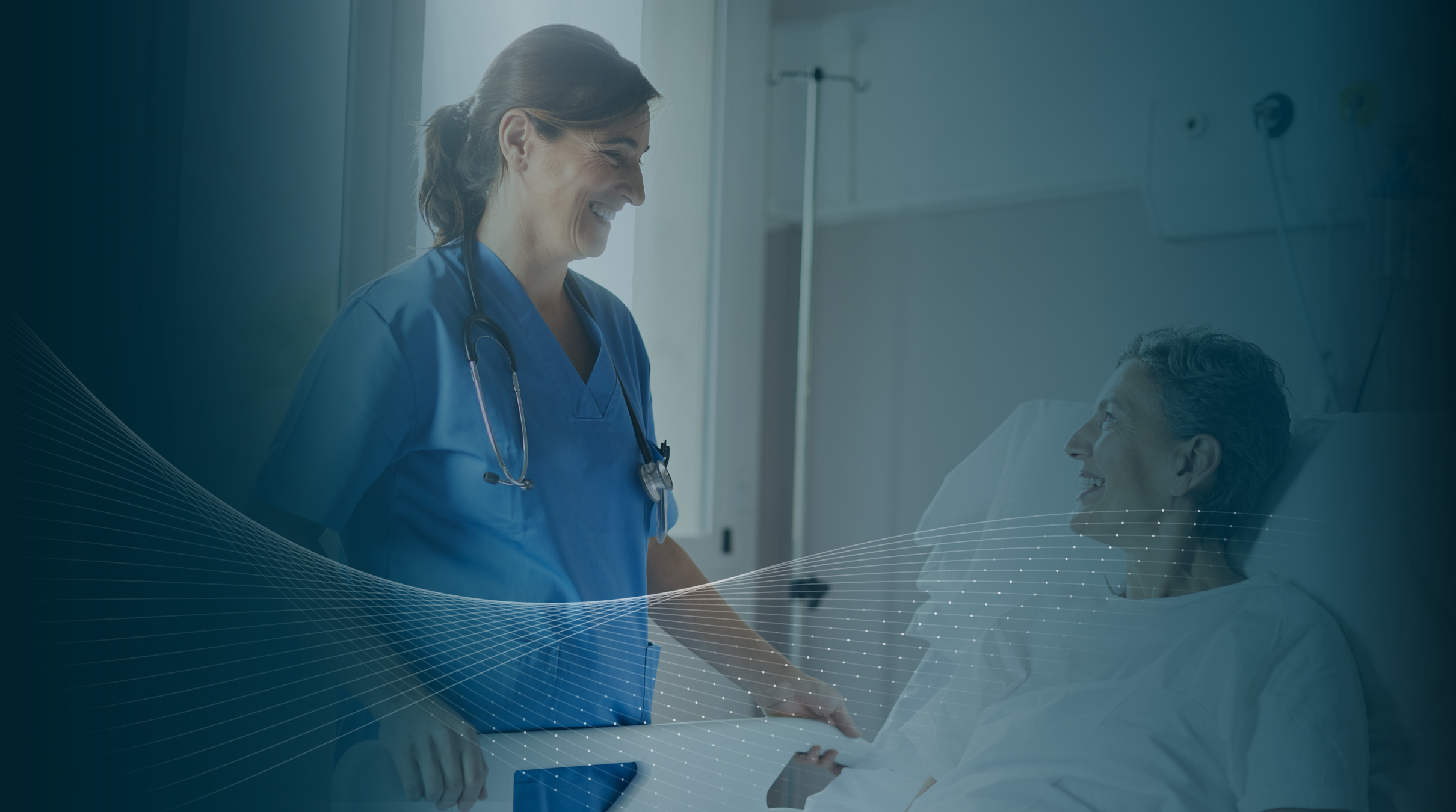Continuous vital signs monitoring reduces mental strain for care teams
Nurses are telling us time and again: “Continuous insight into vital signs is like having extra eyes on the ward.” In practice, that means less walking back to the bedside, fewer manual checks, and more focus on preventing patient decline.
What real-world use shows us
A Dutch study at Radboud University looked at post-implementation nurse experiences with a continuous patient monitoring system. Nurses reported that the system enabled earlier detection of deterioration by observing vital sign trends instead of isolated readings. They also noted major time savings during night shifts, where patient-to-nurse ratios are high and waking patients for spot checks is disruptive.
Over five years of deployment using a continuous monitoring of vital signs wrist device (ViSi Mobile) at Radboudumc, unplanned ICU admissions dropped by 32%—a measurable improvement in patient safety.
"Keeping an eye on vital signs all the time helps keep patients safe and lets us step in quickly if something goes wrong." – Ward Nurse, Netherlands
Why continuous vital signs monitoring works better than one-time checks
- Greater accuracy: You don’t rely on one snapshot; you use continual measurement, leading to precise readings and fewer missed changes.
- Trend awareness: Subtle patterns like a gradual rise in heart rate or falling oxygen saturation can flag trouble hours before typical spot checks catch anything.
- Quicker action: Nurses can respond sooner, avoiding rapid deterioration and ICU transfers.
- Less mental load: No need to remember numbers from multiple patients. The system keeps track.
How Ably Medical supports real nursing workflows
At Ably Medical, we're designing our continuous patient monitoring device around the realities of nursing care:- Wireless and contactless: Removes cables or repeated bedside checks.
- Integrated trend alerts: Not just numbers, but signals that matter.
- Built with nurses, not just for nurses: We gather input to make sure the system fits ward routines and doesn’t add to your cognitive load.
As our CEO Mikkel says: “Continuous patient monitoring is the future - and that’s what we’re building at Ably.”
Final takeaways
If you’re using only periodic vital signs checks, you're missing out on trend insights—and potentially early warnings.
Continuous monitoring saves time, reduces mental load, and supports better patient outcomes.
Nurses deserve tools that adapt to their work, not increase it.
When you talk to nurses, ask them how much easier their shift would be if continuous monitoring gave them trusted trends instead of manual snapshots. That’s where real change happens.





